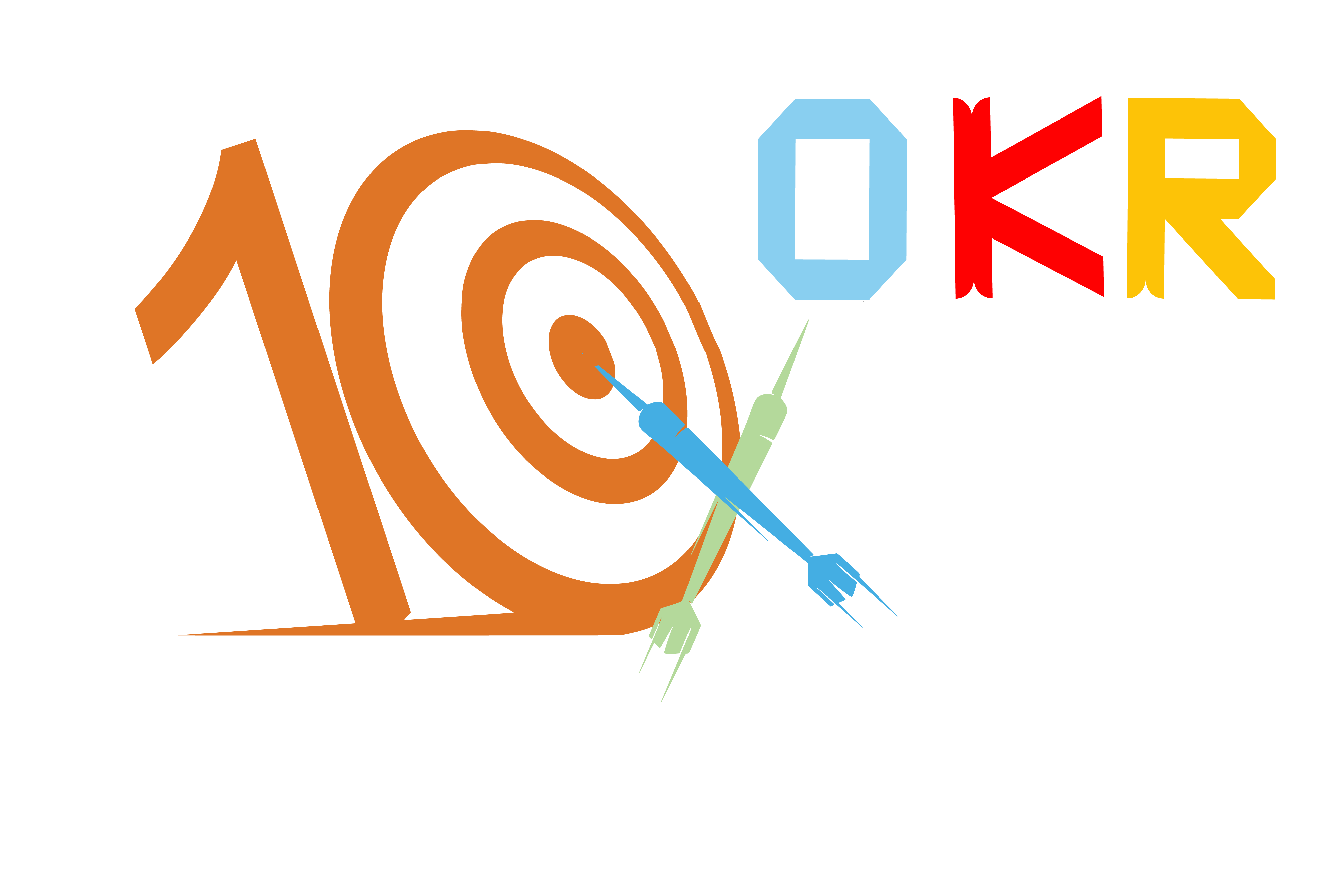Table of Contents
Introduction
In today’s fast-paced and ever-evolving business landscape, organisations face the challenge of delivering high-quality products that meet customer needs while remaining adaptable to changing market demands.
Agile product management has emerged as a popular approach to address these challenges. By embracing iterative development, cross-functional collaboration, and a focus on customer value, agile product management enables teams to deliver products more effectively.
This blog post will explore the best practices for agile product management, considering key aspects such as product strategy, development processes, team dynamics, and customer-centricity.
What is Agile Management?
Agile management is an iterative and incremental approach to product development that focuses on delivering value flexibly and collaboratively. It originated in the software development industry but has since been adopted across various industries.
Unlike traditional product management methodologies, agile management emphasises adaptability, continuous improvement, and customer-centricity. Scrum, Kanban, and Extreme Programming (XP) are the most popular agile frameworks.
Key Roles and Responsibilities in Agile Product Management
- Product Manager – The product manager is responsible for setting the overall product vision, defining the product strategy, and ensuring alignment with business objectives.
- Product Owner – They are responsible for maintaining and prioritising the product backlog, ensuring well-defined user stories, and providing clear guidance on product requirements.
- Development Team – The development team consists of cross-functional members who work together to deliver the product. It typically includes software engineers, designers, testers, and other specialists.
Benefits of Agile Product Management
- Adaptability: Agile allows teams to respond to market changes and customer needs by adjusting priorities, refining requirements, and adapting the product roadmap.
- Faster Time-to-Market: Agile’s iterative approach enables quicker delivery of product increments, providing a competitive advantage and gathering valuable feedback for further enhancements.
- Customer-Centricity: Agile product management prioritises understanding and meeting customer needs through regular feedback loops, user research, and testing, ensuring an exceptional user experience.
- Continuous Improvement: Agile fosters a culture of ongoing enhancement through retrospectives and reflection, identifying areas for improvement, streamlining processes, and driving efficiency and productivity.
Best Practices in Agile
Defining a Strong Product Strategy:
Defining a strong product strategy is like plotting a treasure hunt in the vast ocean of product development. It’s all about having a map that leads you to the hidden chest of success. But instead of “X” marking the spot, it’s a well-researched understanding of market trends and a keen eye for spotting those elusive target customers.
A well-defined product strategy sets the foundation for successful product development. It involves understanding market trends, identifying target customers, and aligning business objectives with the product vision.
Empowering Cross-Functional Collaboration:
Cross-functional teams with people from several disciplines, including as design, development, marketing, and quality assurance, are essential, according to agile product management. These teams can use their combined experience to solve complicated challenges, share knowledge, and ensure a comprehensive approach to product development by bringing multiple viewpoints together.
Creating a Product Roadmap:
A product roadmap is a strategic guide outlining the vision, goals, and milestones for the product’s evolution. It provides a visual representation of the product’s direction and helps align the entire team towards a common objective. A well-crafted roadmap facilitates communication, manages expectations, and allows for flexibility in responding to changes or feedback from customers and stakeholders.
Leveraging User Stories for Effective Development:
User stories are a crucial component of agile product management. These concise, user-focused descriptions capture functionality and value of the product. They enable the team to prioritise features, understand user needs, and ensure development efforts align with the overall product vision. Product managers and development teams can use user stories to maintain a customer-centric approach throughout the development cycle.
Prioritising User Experience:
Prioritising user experience is like being the fairy godparent of product development, waving a magic wand to sprinkle enchantment and delight upon unsuspecting users. The secret ingredient turns a mundane product into a captivating experience that leaves users with stars in their eyes and a skip in their step.
Agile product management emphasises the need for continuous feedback and iteration to improve the UX. Regular usability testing, user research, and feedback loops help refine the product’s design, ensuring it aligns with user expectations and preferences. Prioritising UX fosters customer satisfaction, retention, and advocacy.
Iterative Development Process:
Iterative development is like cooking a delicious recipe with a pinch of agility. Think of it as preparing a gourmet dish, but instead of spending hours in the kitchen, you release a mouthwatering appetiser in record time. With each iteration, you taste-test and receive feedback from your hungry customers. It’s a culinary adventure where you validate your flavour combinations, spice up your ingredients, and refine your cooking techniques.
Agile methodologies advocate for iterative development, where products are built incrementally and released in short cycles. This approach allows for faster time-to-market, frequent user feedback, and the flexibility to adapt to changing requirements. Iterative development also enables the team to validate assumptions, identify and address pain points early on, and make data-driven decisions for product enhancements.
Clearly Defined Roles and Responsibilities:
Successful agile product management requires a clear understanding of the roles and responsibilities within the team. Because without them, it’s like trying to teach a goldfish how to play fetch!
The product manager owns the product strategy, vision, and roadmap. In contrast, the product owner collaborates with the development team to ensure the product backlog is prioritised and well-groomed. Well-defined roles foster accountability, effective communication, and efficient decision-making.
Measuring Product Success:
Measuring product success is like playing a game of “Is it a bird? Is it a plane?” But instead, it’s “Is it high user engagement? Is it soaring customer satisfaction? Is it touchdown conversion rates?”


To ensure the product’s long-term success, agile product management promotes using key performance indicators (KPIs) to measure product performance and customer experiences. Regularly analysing these metrics allows the team to identify areas for improvement and make data-driven decisions.
Conclusion
Agile product management is like a box of chocolates. You never know what you’re going to get. But one thing is for sure; it’s going to be delicious.
Just kidding!
Agile product management is more structured than that. But it’s still a lot of fun. And if you’re looking for a way to deliver high-quality products that meet customer needs, agile product management is the way to go.
So what are you waiting for? Start your agile journey today!



